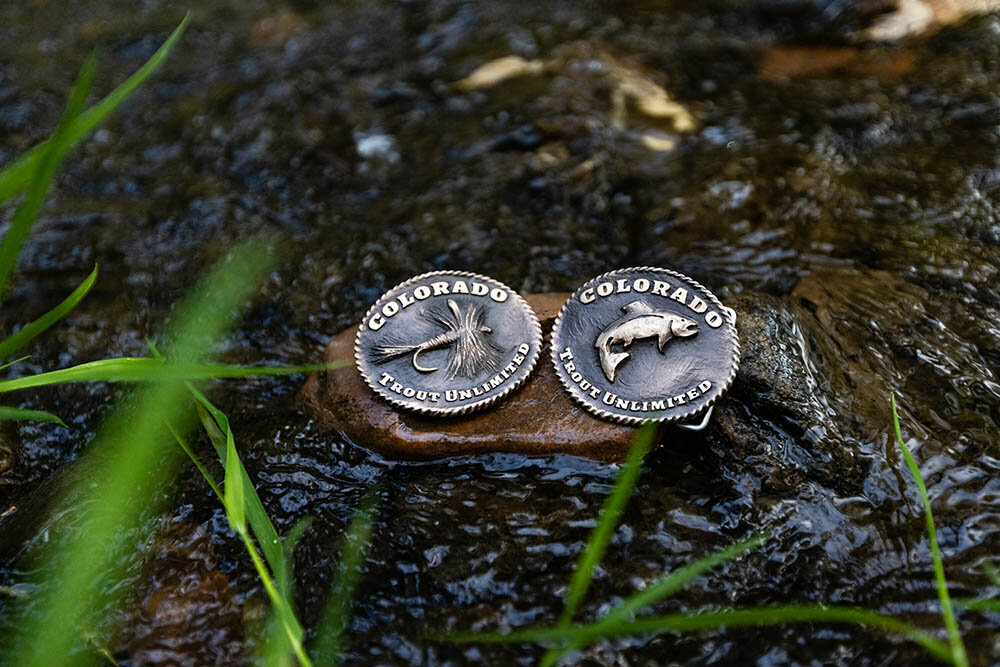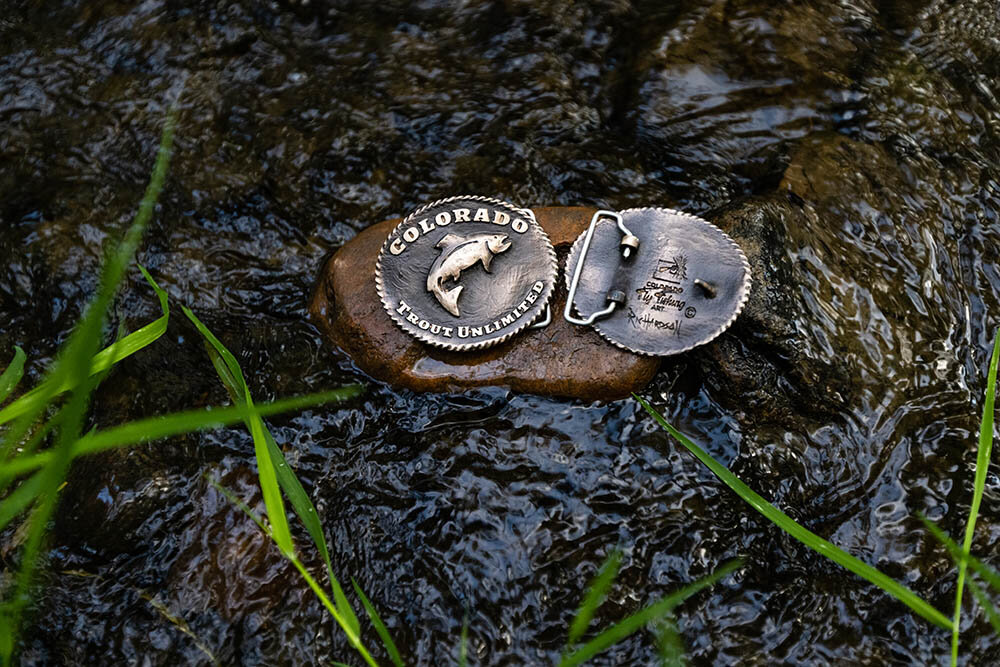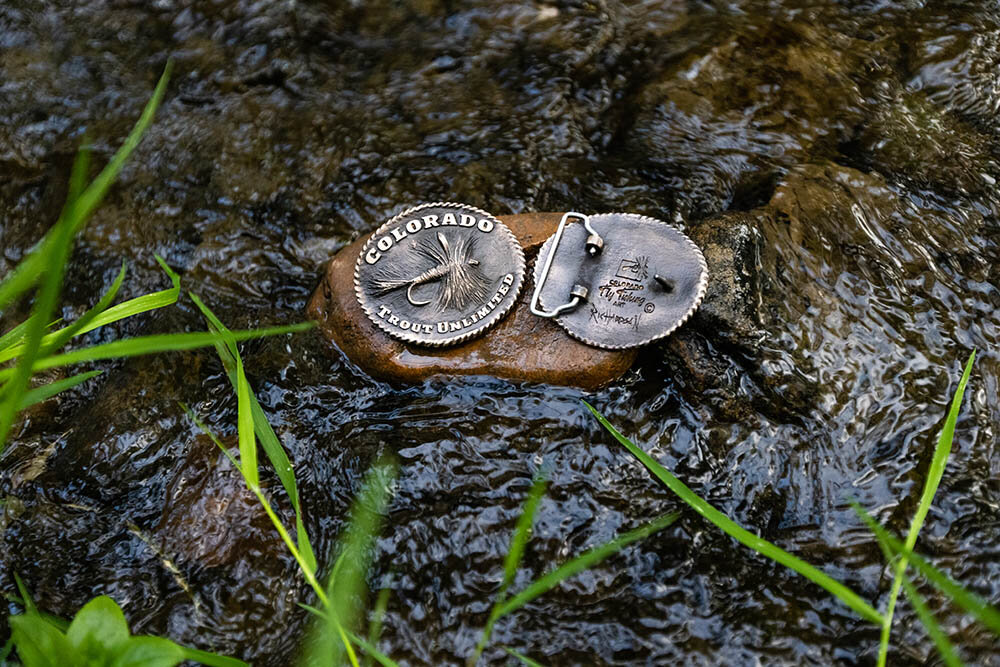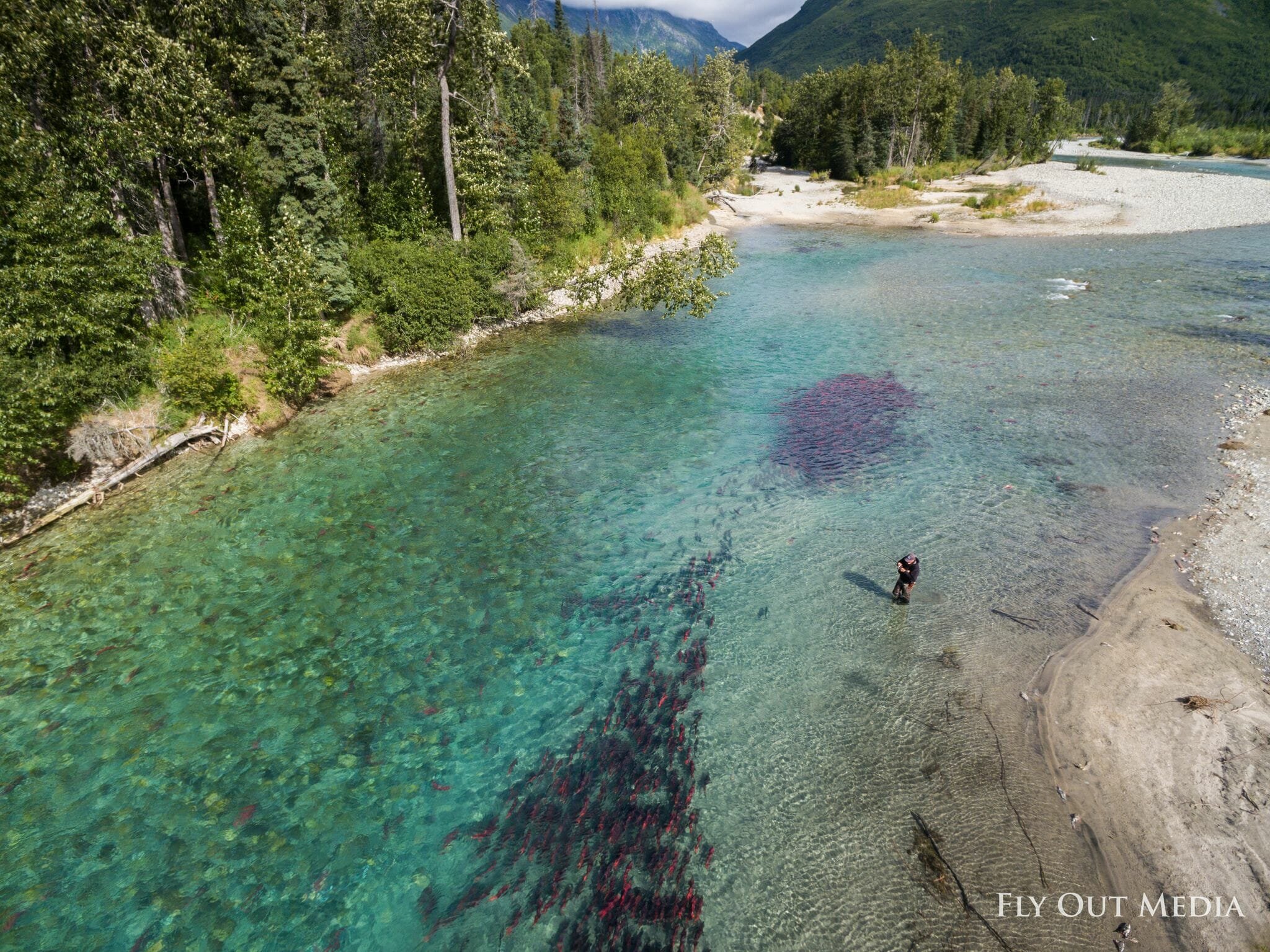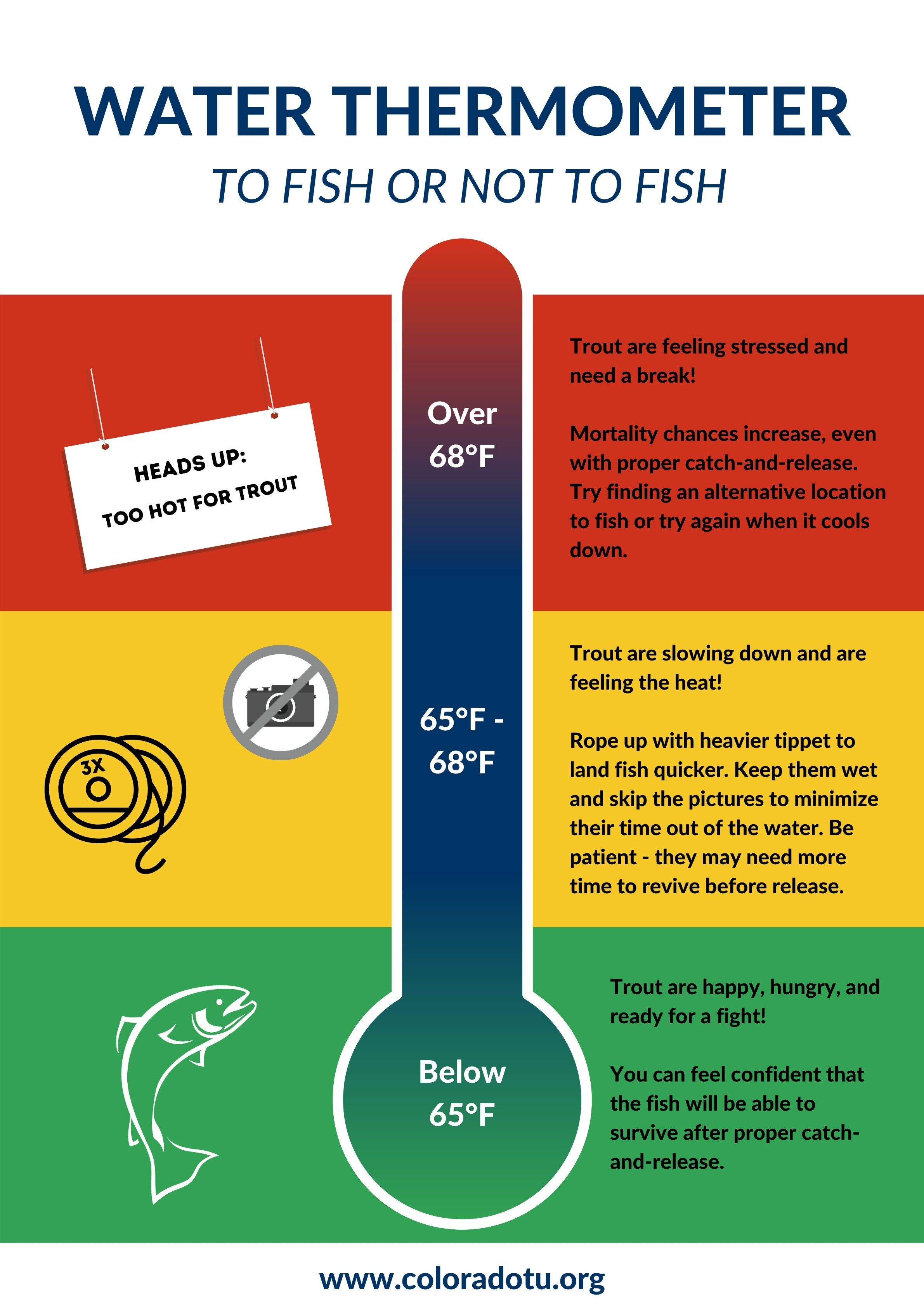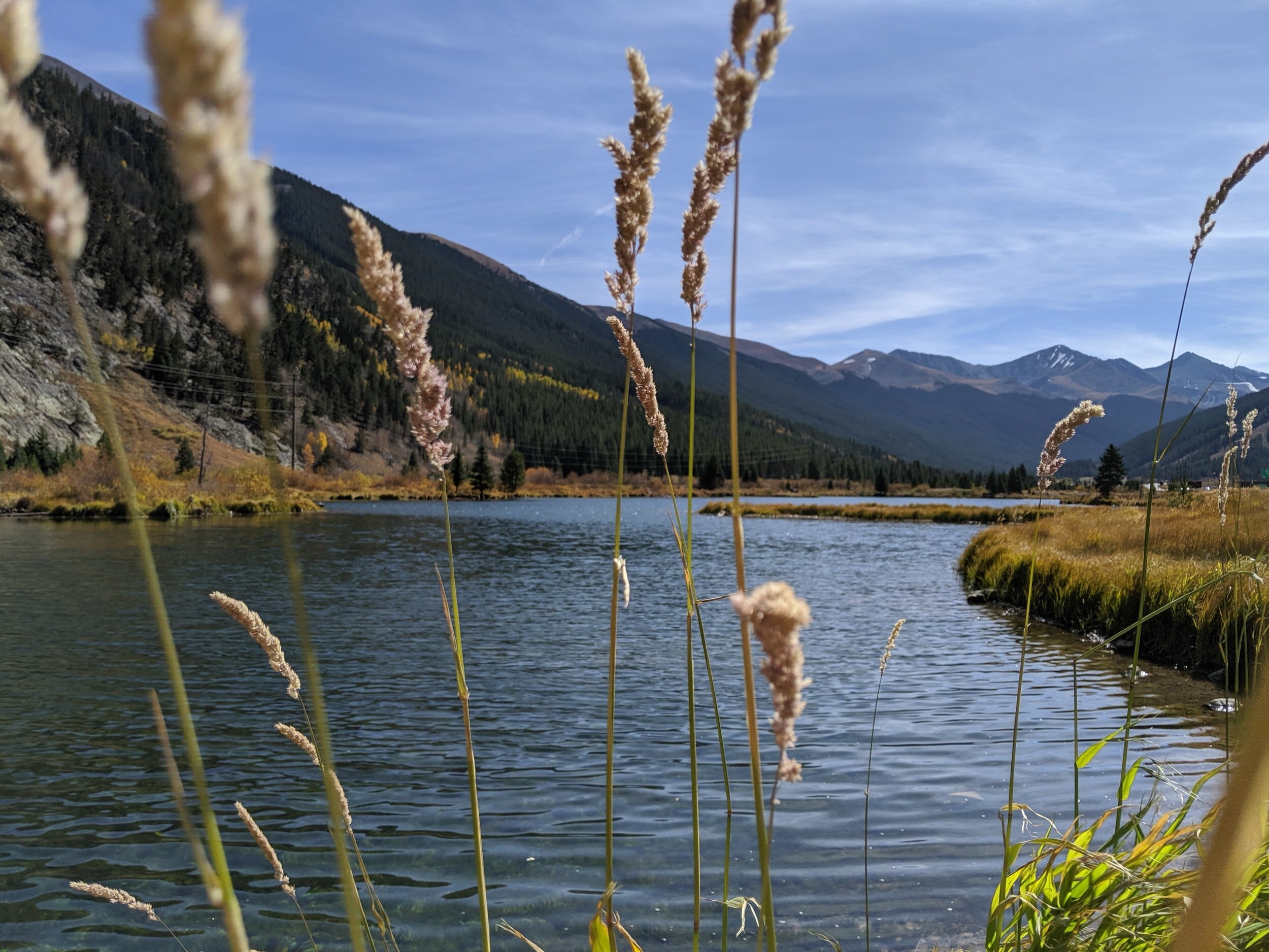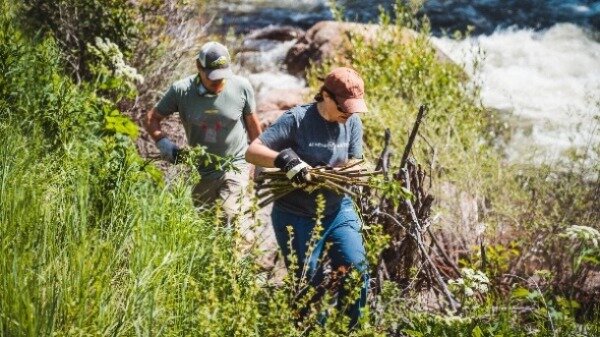CPW will hold two public meetings in early June to discuss issues related to Rio Grande cutthroat trout.
MONTE VISTA, Colo. – Colorado Parks and Wildlife has scheduled two public meetings to discuss proposed fishing regulation changes that are aimed at advancing conservation goals related to Rio Grande cutthroat trout.
One meeting will be held in Westcliffe and another in Monte Vista. The meeting in Westcliffe will be held from 6 to 8 p.m. June 10 at the West Custer County Library located at 209 Main St. The meeting in Monte Vista is slated for 6 to 8 p.m. June 13 at the conference room at CPW’s office located at 722 Henderson Rd.
“We are proposing restricting harvest and tackle in the Sand Creek drainage to allow for the reestablishment of a self-sustaining Rio Grande cutthroat trout population,” said CPW Aquatic Biologist Estevan Vigil. “In addition to changing the regulations at Sand Creek, we are also proposing to restrict harvest and tackle at Rito Hondo Reservoir and the creek above the lake also to restore Rio Grande cutthroats.”
Both the Sand Creek and Rito Hondo drainages have recently been reclaimed by removing non-native fish from these drainages so Rio Grande cutthroat will thrive. The proposed regulations are aimed at protecting populations during the rebuilding process, which can take up to five years.
Additionally, another regulation change is also proposed for Kerr Lake within the Rio Grande National Forest south of South Fork. CPW has proposed the removal of special regulations involving fly-and-lure fishing only that has been in place at Kerr Lake since 1955. CPW has also proposed removing the limit of two fish and returning Kerr Lake to statewide regulations on bag and possession limits of four and eight.
CPW has found there is no biological reason to keep the special regulations at Kerr Lake in place.
“The cutthroat in Kerr Lake are sustained through stocking and are not genetically pure,” Vigil said. “In order to match regulations to other waters managed the same way, we are proposing the removal of the special regs at Kerr Lake.”
CPW will discuss these proposed changes and be available to discuss issues related to Rio Grande cutthroat trout conservation at these two meetings. All are welcome to attend.
“It is important we hear feedback from the public and local anglers before implementing any regulation changes,” Vigil said.







